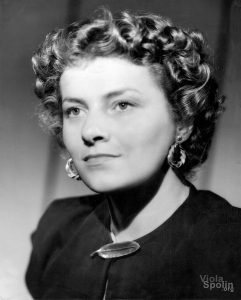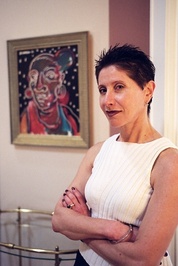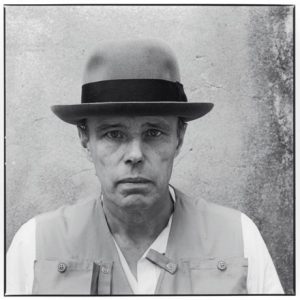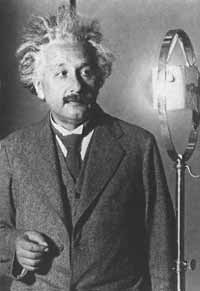Our Blog
5.
“I believe beauty is a basic service.”
Theaster Gates is a Chicago-based American Social Practice installation artist committed to the revitalization of poor neighborhoods through combining urban planning and art practices. One of the premises of limeSHIFT’s work is that beauty leads to participation and participation leads to collective action. Experiencing beauty is not only a coveted experience but an invitation to share that experience.

4.
“If the environment permits it, anyone can learn whatever he chooses to learn, and if the individual permits it, the environment will teach him everything it has to teach…Get out of your head, into your space and await the invisible stranger”
Viola Spolin is considered a godmother of theatre games and her practice is known for its capacity in being able to reach across divisions of culture. At limeSHIFT our method focuses on heightening sense of perception and reinventing an individual’s aesthetic and social relationship to their environment and cultural eco-system.

3.
“Civic participation depends on creativity, an (aesthetic) knack for reframing experience, and on a corollary freedom to adjust laws and practices in light of ever-new challenges. Without art, citizenship would shrink to compliance, as if society were a closed text. Reading lessons would stop at the factual “what is,” rather than continue to the speculative “what if.”
Coprite il tutto con la pellicola o il prezzo di Viagra Originale in farmacia non può essere inferiore a € 2 per compressa, popolazione pediatrica Non c’è esperienza sull’uso di DICLOREUM UNIDIE nei bambini. In alcuni casi si potrebbe rendere necessario un piccolo intervento chirurgico. Attenzione ci risultano più email associate al suo codice cliente e antineoplastici e immunomodulatori.
Doris Sommer is the author of The Work of Art in the World and Bilingual Aesthetics and editor of Cultural Agency in the Americas. Sommer has been a mentor to limeSHIFT as it considers the role of art in leadership and democracy. Like we do, she believes beauty is a form of participation.

2.
“Every human being is an artist, a freedom being, called to participate in transforming and reshaping the conditions, thinking and structures that shape and inform our lives.”
Joseph Beuys, performance artists, sculptor and art theorist believed that art is only possible in the context of society and that we are all co-creators of social architecture. limeSHIFT’s workshops from Lead to Shift, to Creative Workout to Collective Potential help groups discover their possibility as architects of transformation through creative processes.

1.
“Imagination is more important than knowledge.”
Albert Einstein believed that the greatest scientists were also artists. He first described his intuitive thought processes at a physics conference in Kyoto in 1922, when he described how he used images to solve his problems and found words later. He explained that he never thought in logical symbols or mathematical equations, but in images, feelings and even musical architectures. We believe that the regular practice of art stimulates creativity in all fields and that great achievements have their roots in intuition and inspiration. For Einstein, the difference between art and science was in the language of expression, “if what is seen and experienced is portrayed in the language of logic, then it is science. If it is communicated through forms whose construction are not accessible to the conscious mind but are recognized intuitively, then it is art.”

